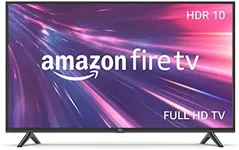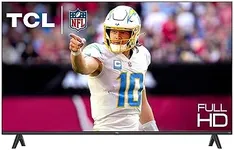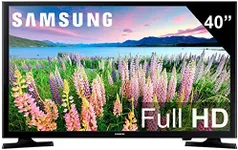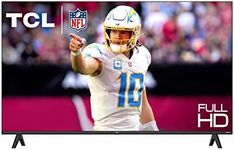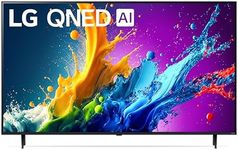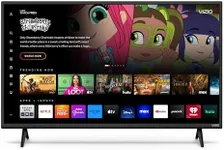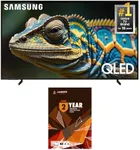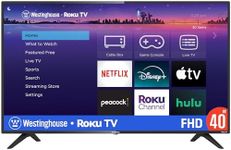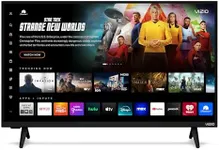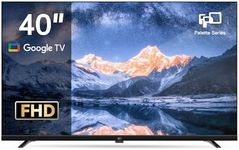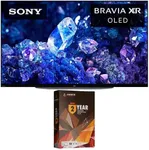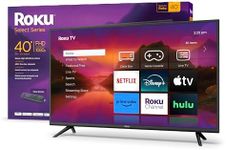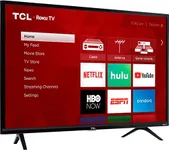Buying Guide for the Best 40 Inch Gaming Tv
Choosing the right 40-inch gaming TV can significantly enhance your gaming experience. When selecting a gaming TV, it's important to consider various specifications that can impact the quality of your gameplay. Understanding these key specs will help you make an informed decision and ensure that the TV you choose meets your gaming needs.ResolutionResolution refers to the number of pixels that make up the picture on the screen. Higher resolution means more pixels and a clearer, sharper image. For a 40-inch gaming TV, the most common resolutions are Full HD (1080p) and 4K (2160p). Full HD is sufficient for many gamers, providing good picture quality and performance. However, if you want the best possible image quality and plan to play games that support 4K, then a 4K TV is the way to go. Consider your gaming console's capabilities and the types of games you play when choosing the resolution.
Refresh RateThe refresh rate is the number of times the TV updates the image on the screen per second, measured in Hertz (Hz). A higher refresh rate results in smoother motion and can be particularly important for fast-paced games. Common refresh rates for gaming TVs are 60Hz, 120Hz, and 240Hz. For most gamers, a 60Hz TV will suffice, but if you play a lot of action-packed or competitive games, a 120Hz or higher refresh rate can provide a smoother and more responsive experience. Match the refresh rate with your gaming console's output to get the best performance.
Input LagInput lag is the delay between pressing a button on your controller and seeing the corresponding action on the screen. Lower input lag is crucial for a responsive gaming experience, especially in fast-paced or competitive games. Input lag is measured in milliseconds (ms), and for gaming, you should look for a TV with an input lag of 20ms or lower. Some TVs have a 'Game Mode' that reduces input lag, so be sure to check for this feature if low input lag is important to you.
HDR (High Dynamic Range)HDR enhances the contrast and color range of the TV, providing more vivid and lifelike images. This can make games look more realistic and immersive. There are different HDR standards, such as HDR10, Dolby Vision, and HLG. For gaming, HDR10 is the most common and widely supported. If you want the best visual experience and your gaming console supports HDR, look for a TV with good HDR performance. Keep in mind that not all games support HDR, so consider your game library when deciding if this feature is essential.
ConnectivityConnectivity refers to the ports and wireless options available on the TV. For gaming, HDMI ports are the most important, as they connect your gaming console to the TV. Look for a TV with at least two HDMI ports, and if you have a next-gen console, make sure it has HDMI 2.1 support for features like 4K at 120Hz and Variable Refresh Rate (VRR). Additionally, consider other connectivity options like USB ports, Ethernet, and Wi-Fi for streaming and online gaming. Ensure the TV has the necessary ports and connections for all your gaming and entertainment needs.
Panel TypeThe panel type of a TV affects its picture quality, viewing angles, and response time. The most common panel types are LED, OLED, and QLED. LED panels are generally more affordable and offer good performance, but may have limited viewing angles and contrast. OLED panels provide excellent picture quality, deep blacks, and wide viewing angles, making them ideal for gaming, but they can be more expensive. QLED panels offer bright and vibrant colors with good performance, sitting between LED and OLED in terms of quality and price. Consider your gaming environment and preferences when choosing the panel type.
